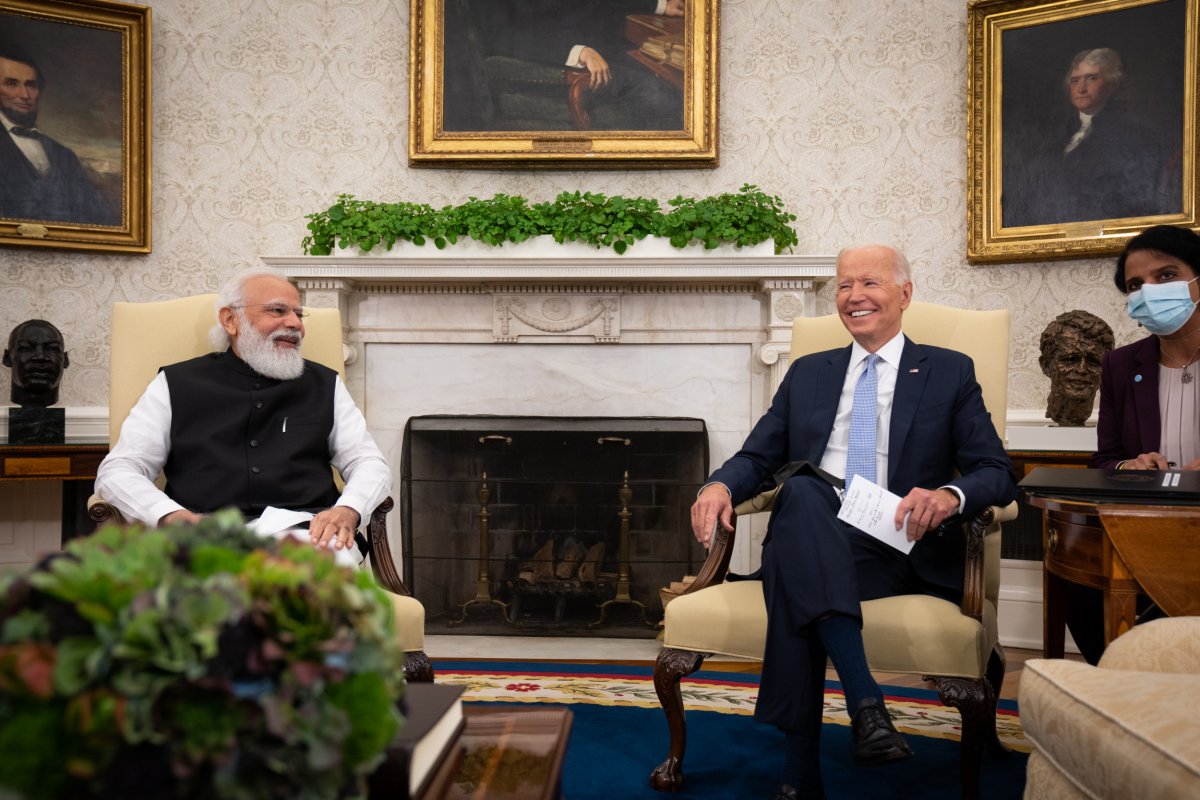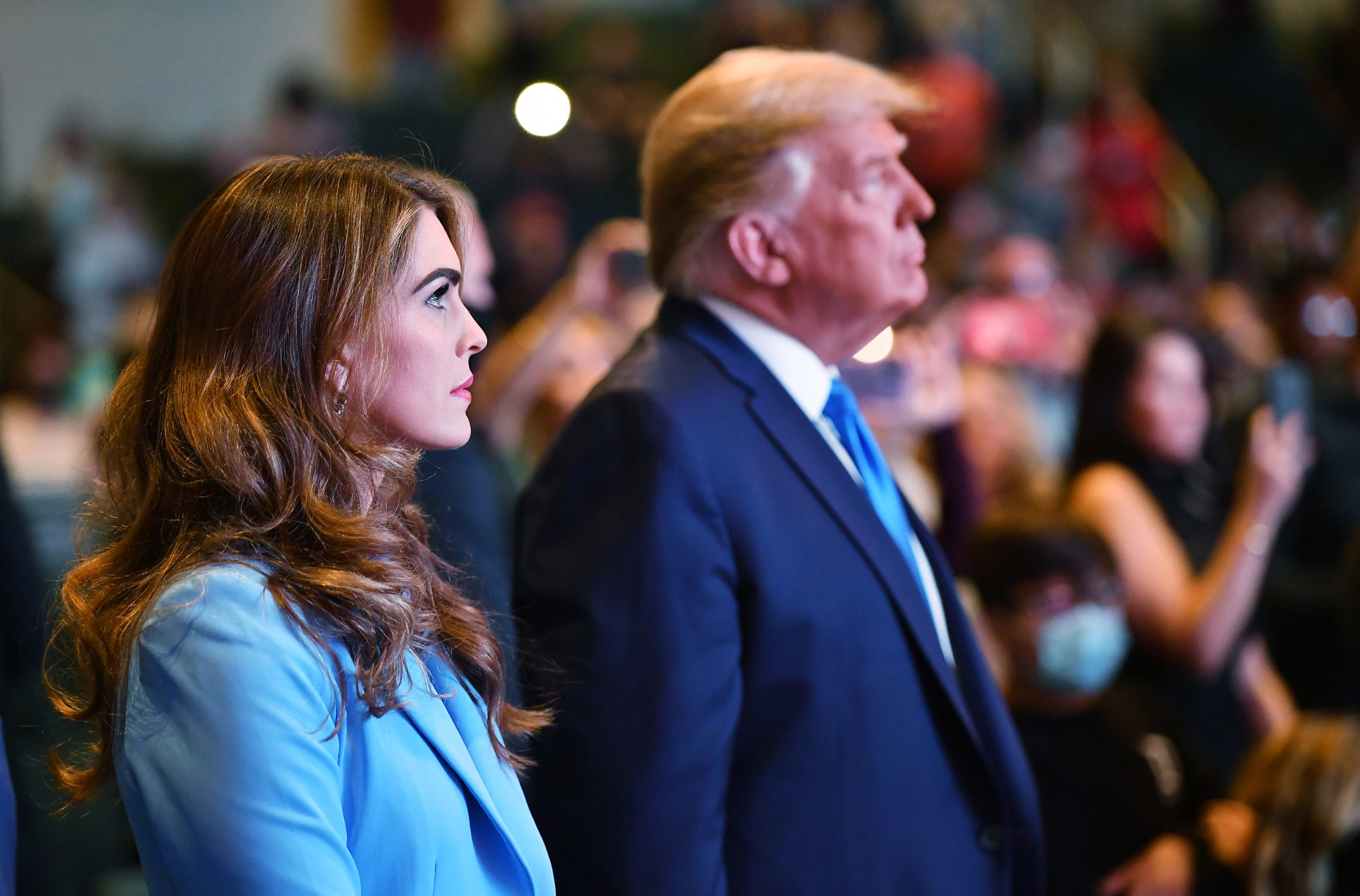India is expected to witness the largest increase in energy demand of any country by 2040. To meet growth in electricity demand over the next 20 years, India will need to add a power system the size of the European Union to what it has now.
Under Prime Minister Narendra Modi's leadership, India is catering to the huge demand through bold green initiatives, while driving deeper reforms in the energy sector and climate action. These range from energy-mix strategies with a greater shift toward renewables and liquefied natural gas (LNG), enhanced manufacturing capabilities and exports of solar photovoltaics, hybrid and electric vehicles, energy use efficiency and policy push for hydrogen (including production-linked incentives) and emerging technologies. To cite an example, more than 367 million LED bulbs were distributed to consumers over the last seven years, saving energy and reducing 3.86 billion tons of CO2 emissions.
The results of such initiatives speak for themselves. India's Paris commitments were evaluated to be "2 degree Celsius compatible" (the Climate Transparency Report 2020 identified India as the only G20 nation to have met this mark). India exceeded its key Paris commitments well ahead of schedule and arrived at the 2021 United Nations Climate Change Conference (COP26) in Glasgow with proven credentials. At COP26, Prime Minister Modi committed India even more firmly on a path of climate responsive development with five key ambitious climate actions: reducing the emissions intensity of its GDP by 45 percent by 2030 from 2005 levels, achieving 50 percent cumulative electric power installed capacity from non-fossil fuel based energy resources by 2030, achieving 1 billion ton reductions in the projected emissions between now and 2030, achieving 500 GW of non-fossil fuel energy capacity by 2030 and the significant target of achieving the target of net zero by the year 2070. India presented an approach to mindful consumption—LIFE-Lifestyles for Sustainable Environment—one that avoids waste, respects nature and is shaped by culture and ethos.
Affordability has no doubt been one major concern regarding transition to green technologies. India has achieved some of the lowest costs for clean energy in the world. Between 2010 and 2020, it saw the largest reduction (85 percent) in country-level solar levelized cost of energy, while the average solar tariff in 2020 was 34 percent lower than the global weighted average. India also had the lowest country-level installed cost for solar and wind in 2020. As the World Bank put it, India's solar learning curve inspires action across the world. One of India's flagship solar projects, the Rewa solar park, powers the New Delhi metro rail system that serves over 2.6 million commuters daily.

India has been leading global initiatives to tackle climate change and its impact. The International Solar Alliance (ISA), initiated by India, France and other partners to bring affordable solar energy within reach of all, has now more than 100 members, with the U.S. joining as the 101st member in 2021. ISA's One Sun One World One Grid program has now become part of the Green Grid Initiative at the COP26 led by Australia, France, India, the U.K. and the U.S. India pioneered the Coalition for Disaster Resilient Infrastructure (CDRI), launched at the U.N. Climate Action Summit in September 2019. At COP26, India, joined by the U.K. and Australia, took up a new initiative under the auspices of CDRI for technical assistance and capacity building in island states called IRIS—Infrastructure for Resilient Island States.
In their national and international efforts to advance climate action, India and the U.S. have been working closely at the bilateral, plurilateral and global levels. In April 2021, India and the U.S. launched the Climate and Clean Energy Agenda 2030 Partnership, with two main tracks—the Strategic Clean Energy Partnership and the Climate Action and Finance Mobilization Dialogue. Through these measures, the two countries seek to mobilize finance and accelerate clean energy deployment, demonstrate and scale innovative clean technologies and build capacities.
As India transitions to gas-based fuels, it is now the fifth largest market for U.S. LNG. Through the India-U.S. Low Emissions Gas Task Force, industries of both countries have forged commercial partnerships. India and the U.S. are exploring collaboration in advanced high-efficiency coal technologies with low-to-zero emissions through carbon capture, utilization and storage. Research and development cooperation for solar cell manufacturing and storage is in progress.
U.S. financial institutions have announced credit guarantees for India's small and medium enterprise (SME) sector to deploy rooftop solar capacity. The two countries have also launched the India-U.S. Hydrogen Task Force looking at issues ranging from sustainable production of hydrogen to its safe deployment. Use of artificial intelligence models in integrating renewable energy and stabilizing power grids offers yet another avenue for cooperation.
India has consistently raised its climate ambitions, setting its sights higher each time. As Prime Minister Modi said at COP26: "We have to take big steps today to save the world." India's partnership with the United States will be an important pillar in realizing a greener and sustainable future for the world.
Taranjit Singh Sandhu is India's ambassador to the United States.
The views expressed in this article are the writer's own.
Uncommon Knowledge
Newsweek is committed to challenging conventional wisdom and finding connections in the search for common ground.
Newsweek is committed to challenging conventional wisdom and finding connections in the search for common ground.
About the writer
To read how Newsweek uses AI as a newsroom tool, Click here.








